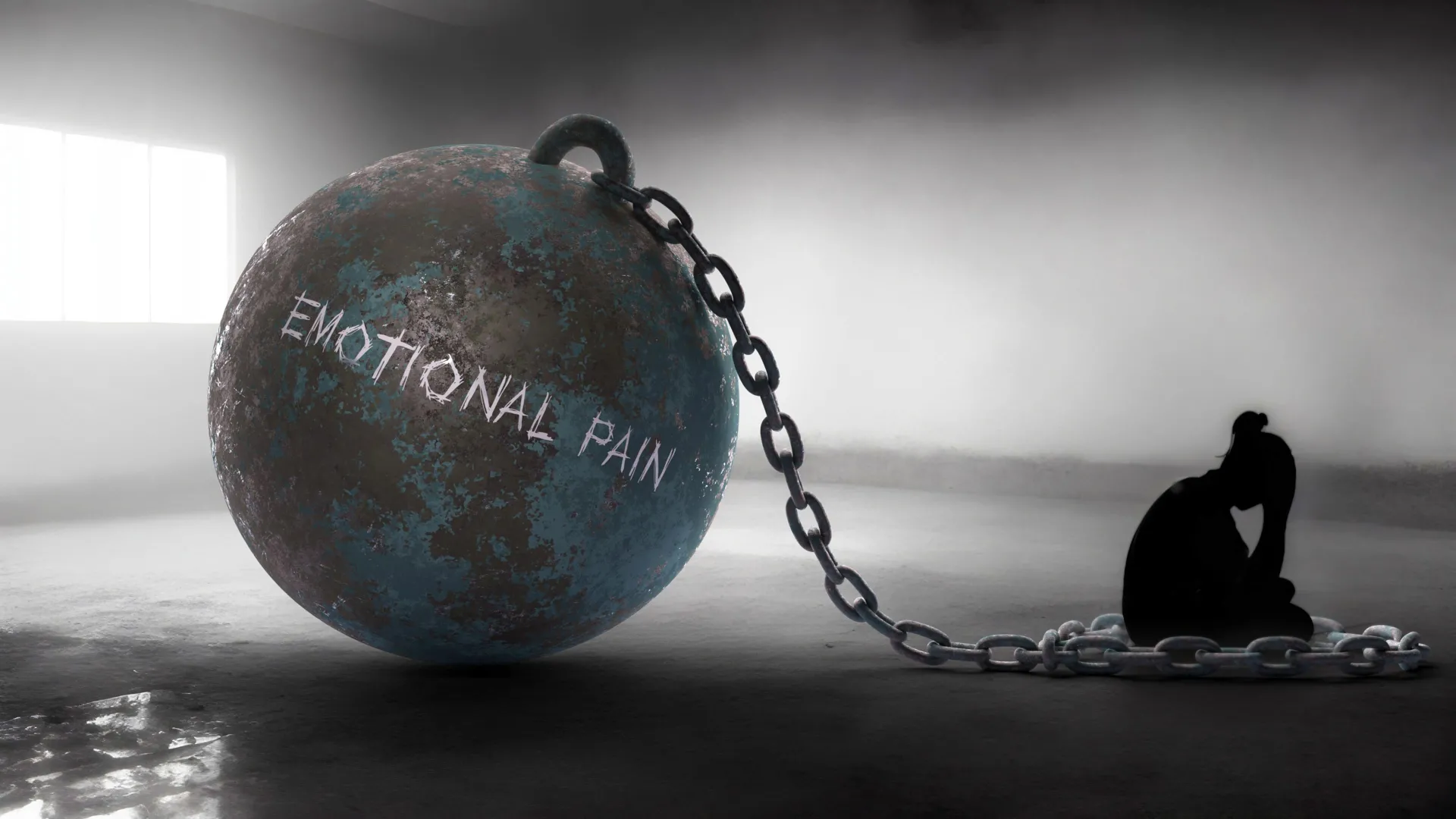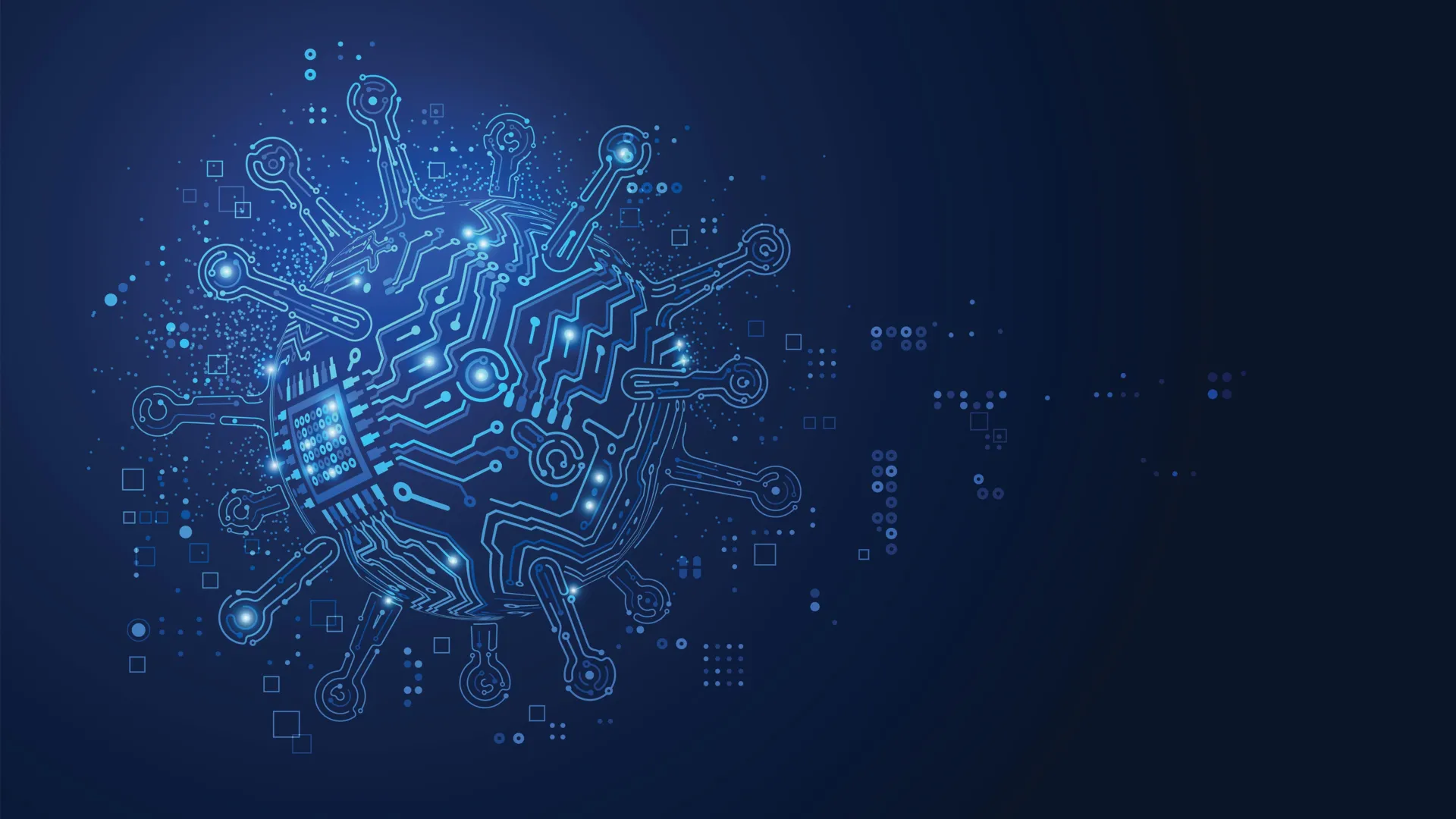Now Reading: Unlocking the Brain Circuit Behind Fibromyalgia, Migraines, and PTSD
-
01
Unlocking the Brain Circuit Behind Fibromyalgia, Migraines, and PTSD
Unlocking the Brain Circuit Behind Fibromyalgia, Migraines, and PTSD

Quick Summary
- Researchers at the Salk Institute identified a brain circuit tied to the emotional aspect of pain, offering potential new treatment avenues for chronic pain conditions like fibromyalgia, migraines, and PTSD.
- The study was published on July 9, 2025, in Proceedings of the National Academy of Sciences. It challenges traditional notions about seperate pathways for sensory and emotional pain processing.
- Findings show that certain neurons in the thalamus marked by CGRP (calcitonin gene-related peptide) mediate emotional responses to physical pain. When these neurons are manipulated in mice,their emotional reactions to pain stimuli change while sensory detection remains intact.
- the discovery explains why some chronic pain disorders involve heightened distress or sensitivity despite no physical injury and affirms why current CGRP blockers effectively treat migraines.
- These results may also have implications for psychiatric conditions like PTSD by connecting overactivation of this pathway to heightened threat perception and avoidance behaviors. Further research is required regarding social-emotional dimensions of psychological pain (e.g., grief).
Funding was provided by NIH and Simons Foundation grants.
Indian Opinion Analysis
The study has significant implications for India’s healthcare landscape as untreated chronic pain conditions such as migraines affect millions nationwide, leading to loss of productivity and high medical costs. Understanding this newly identified brain mechanism presents an opportunity for improving how India approaches nonaddictive treatments at large-scale levels thru targeted therapies or CGRP-blocking medications already available internationally.
Furthermore,advances in understanding neural pathways coudl inform efforts within India’s mental health initiatives aimed at addressing trauma-related disorders like PTSD-a complex issue given India’s frequency of disaster exposure and sociocultural stigma surrounding mental health illnesses.
These findings encourage optimism globally about future breakthroughs combating both physical sensations of distress alongside their deep-seated emotional impacts-opening doors toward more equitable access supported eventually policy reform Read More



























